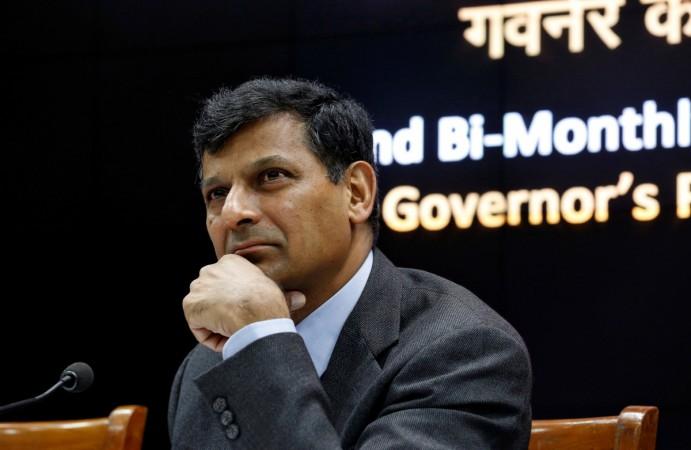
The Reserve Bank of India (RBI) on Tuesday maintained the status quo on interest rates, a system/facility to adjust liquidity (LAF) in the economy. The second bi-monthly review of the policy rates -- repurchase option (repo) and reverse repurchase option (reverse repo) rates -- were maintained at 6.5 percent and 6 percent, respectively.
Repo rate is the rate at which the central bank lends money to commercial banks to maintain adequate liquidity in the economy. Reverse repo is the rate at which the RBI borrows money from commercial banks.
Over and beyond these LAF rates, if banks wish to borrow more from the RBI, then the marginal standing facility (MSF) rate was retained at 7 percent -- 0.50 percent more than the repo rate. RBI's bank rate for lending funds to commercial bank also stood at 7 percent.
Cash Reserve Ratio (CRR), which each bank needs to keep with the RBI in cash with no interest being earned, also remained unchanged at 4 percent of the net demand and time liabilities (NDTL). Statutory Liquidity Ratio (SLR), the other reserve requirement commercial banks in India need to maintain in the form of gold, government bonds or any other asset, stood at 21.25 percent of the commercial banks' NDTL.
How Rajan views the world economy
Since the last bi-monthly review in April, the global growth is uneven and struggling to gain traction. World trade remains muted in an environment of weak demand.
United States
The country's growth was slow once again in the first quarter (Q1) because of contracting industrial activity and exports. Recent indicators of labour market activity have also weakened.
Euro Zone
As opposed to the U.S., Q1 GDP of the Euro Zone rose strongly on the back of robust consumer spending and recovering employment and business conditions. In the second quarter (Q2) so far, unemployment is falling, albeit slowly, and purchasing managers' sentiment is upbeat.
Japan
Growth surprised on the upside in Q1, with the economy escaping a technical recession, but industrial activity remains weak and deflationary pressures are building.
China
GDP growth slowed sequentially in Q1, with retail sales, industrial production and fixed investment showing signs of weakness in recent months amidst still rising levels of indebtedness among households and corporations.
Emerging Market Economies (EME)
While macroeconomic stability is returning to EMEs, geo-political tensions and high volatility in financial markets impede the resumption of momentum, and the outlook remains challenging. The recent uptick in commodity prices provide relief to exporters, but political events could unsettle investor sentiment and consequently, capital flows could turn volatile again. For commodity importers, net terms of trade gains are moderating.







!['Lip lock, pressure, pyaar': Vidya Balan- Pratik Gandhi shine in non-judgmental infidelity romcom Do Aur Do Pyaar [ Review]](https://data1.ibtimes.co.in/en/full/797104/lip-lock-pressure-pyaar-vidya-balan-pratik-gandhi-shine-non-judgmental-infidelity-romcom.jpg?w=220&h=138)







